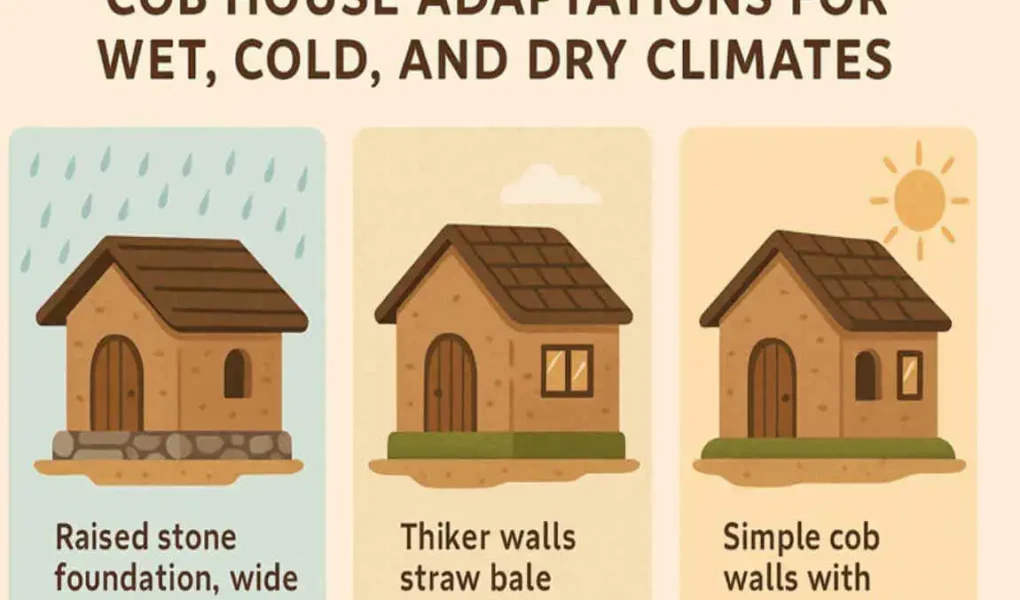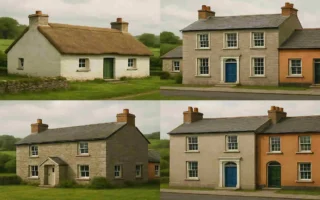Have you ever dreamed of building a home that’s not just unique but also kind to the planet? Let me introduce you to the world of cob houses—beautiful, handcrafted structures made from natural materials like clay, sand, and straw. These homes have been around for centuries, dotting the landscapes of Europe, Africa, and beyond, offering shelter that’s both sturdy and sustainable. If you’re curious about eco-friendly house living, a cob house might be the perfect project for you.
What is a Cob House?
Understanding the Basics of Cob Building
Let’s start with the basics: what exactly is a cob house? Simply put, it’s a structure built using a mixture of clay, sand, straw, and water. This blend, often referred to as “cob,” is mixed together to create a sticky, moldable material that’s then shaped into walls by hand. Think of it as nature’s concrete—only much friendlier to the environment friendly
A Glimpse into History and Culture

Cob building isn’t a new trend—it’s been around for ages. From the rolling hills of England to the deserts of the Middle East, cultures worldwide have used cob to build home design, barns, and even entire villages. Some of these structures, built hundreds of years ago, are still standing strong today. Isn’t that amazing? It demonstrates the reliability and timeless nature of this method.
How Cob Differs from Other Natural Building Techniques
Now, you might wonder how cob compares to other natural building styles, such as adobe or rammed earth. While Adobe uses sun-dried bricks made of similar materials, cob is applied in a more freeform way, directly onto the wall in thick layers. Rammed earth, on the other hand, involves compacting soil into molds or forms. Cob’s flexibility allows for organic, sculptural designs that feel almost artistic.
Why Cob Houses Are Eco-Friendly and Energy Efficient
Here’s why I love cob houses: they’re a win for the planet. Since you’re using local, natural materials, there’s little to no carbon footprint from transporting fancy supplies. Plus, cob walls have excellent thermal mass, meaning they absorb heat during the day and release it at night, keeping your home features cozy in winter and cool in summer. Talk about a natural thermostat! Ready to learn how to build one? Let’s move on to the planning stage.
Planning Your Cob House Project
Figuring Out What You Need
Before you get started, let’s discuss planning. Building a cob house begins with understanding your needs. How big do you want your home to be? Are you building a tiny retreat or a family-sized space? Consider the house function as well—will it be a full-time home, a studio, or a guest house? Jot down your ideas to keep things clear and organized.
Picking the Perfect Spot
Location is everything! You’ll want a spot with good drainage to avoid water pooling around your cob walls—moisture is their biggest enemy. Also, check the soil quality on your land. Is there enough clay to use for building? We’ll discuss testing it later, but for now, ensure your site isn’t prone to flooding or heavy erosion.
Navigating Building Codes and Permits
I know, paperwork isn’t the fun part, but it’s crucial. Research your local building codes to determine if natural homes, such as cob houses, are permitted. Some areas may require permits or specific designs for safety reasons. Don’t skip this step—getting approval upfront saves headaches later. Reach out to your local authorities or connect with cob-building communities for advice.
Designing Your Dream Cob House
Now for the exciting bit: designing! Grab a pencil and sketch out your vision. Consider the wall thickness (typically 12-24 inches for stability), roof style (sloped roofs are most effective at shedding rain), and insulation requirements based on your local climate. Create a basic floor plan with room layouts, windows, and doors. Remember, cob lets you be creative—curved walls or built-in shelves are totally doable!
Setting a Budget and Timeline
Lastly, let’s talk money and time. Cob houses are often more affordable than conventional homes, but costs for land, permits, and tools can add up. Set a realistic budget—most DIY cob homes range from $5,000 to $20,000, depending on size and finishes. As for time, building a small cob house floor can take 3-6 months with a small team. Plan accordingly, and don’t rush the process. Patience pays off!
Gathering and Preparing Materials
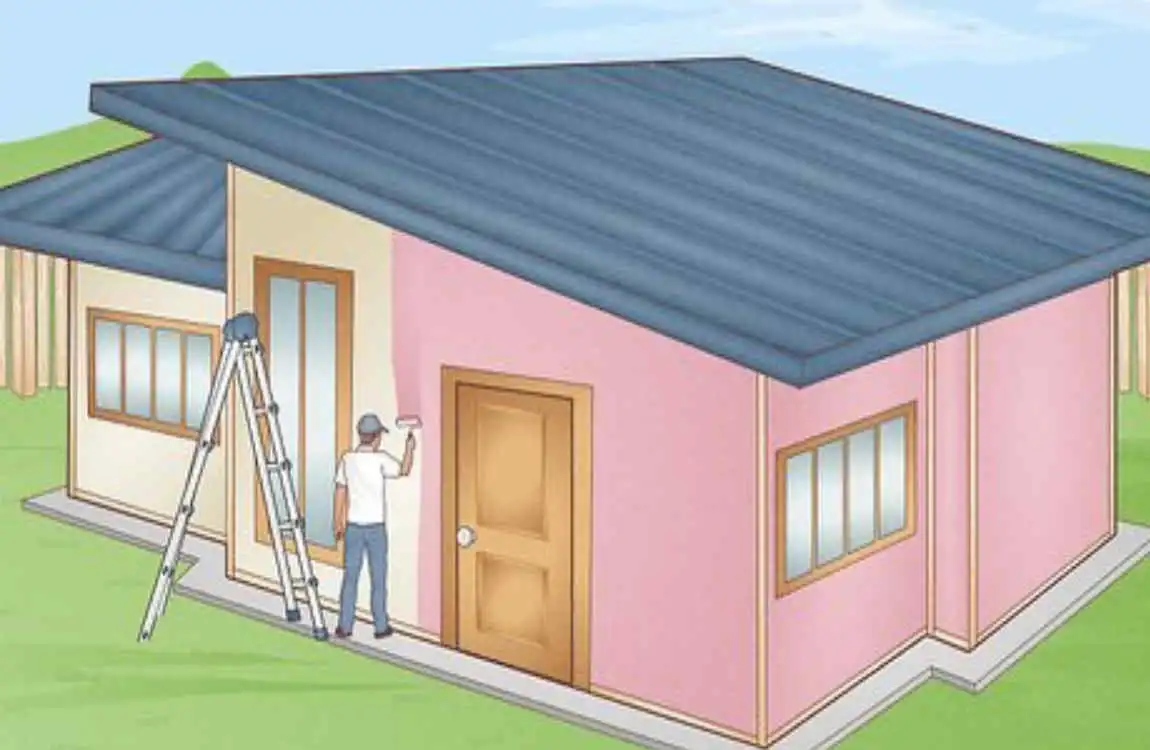
What You’ll Need to Get Started
Ready to roll up your sleeves? First, let’s gather the materials for your cob house. The core ingredients are simple: clay soil, sand, straw, and water. You might also add optional stuff like manure for extra binding, but that’s up to you. The beauty of cob is that most of these can often be found right on your property or nearby.
Testing Your Soil for Cob Suitability
Not all dirt is created equal, my friend. You need soil with a good balance of clay and sand to make strong cob. Try the jar test: fill a clear jar with soil and water, shake it up, and let it settle. You’ll see layers—aim for about 30% clay, 70% sand, and silt. Another trick is the ribbon test: roll wet soil into a ribbon. If it holds together without house cracking too much, you’ve got good clay content.
Sourcing Materials Locally and Sustainably
If your land doesn’t have the right soil, look around. Check with local farmers, construction sites, or riverbanks for clay and sand. Straw can often be picked up from nearby farms after harvest—make sure it’s dry and free from mold. Sourcing locally not only saves money but also keeps your project eco-friendly. Why ship materials when nature’s got you covered?
Safety and Preparation Tips
A quick heads-up: mixing cob is physical work, so pace yourself. Wear sturdy shoes if you’re not barefoot, and be cautious when lifting heavy loads. Keep your workspace clear and store materials in a dry location to prevent spoilage and deterioration. Got everything ready? Let’s move on to laying the groundwork—literally!
Building the Foundation
Why a Strong Foundation Matters
Before you start slapping cob onto walls, you need a rock-solid foundation. Cob is heavy, and without a proper base, your walls could crack or kitchen sink. A good foundation also keeps moisture away from the cob, which is critical since water can erode it over time. Think of this as the bedrock of your entire project.
Types of Foundations for Cob Houses
There are a few foundation options for cob homes. A popular choice is a stone foundation, where you stack rocks or concrete blocks above ground level. Another great option is a rubble trench foundation, where you dig a trench, fill it with gravel for drainage, and cap it with a concrete or stone plinth. Choose based on your terrain and budget.
Laying Out and Digging the Foundation
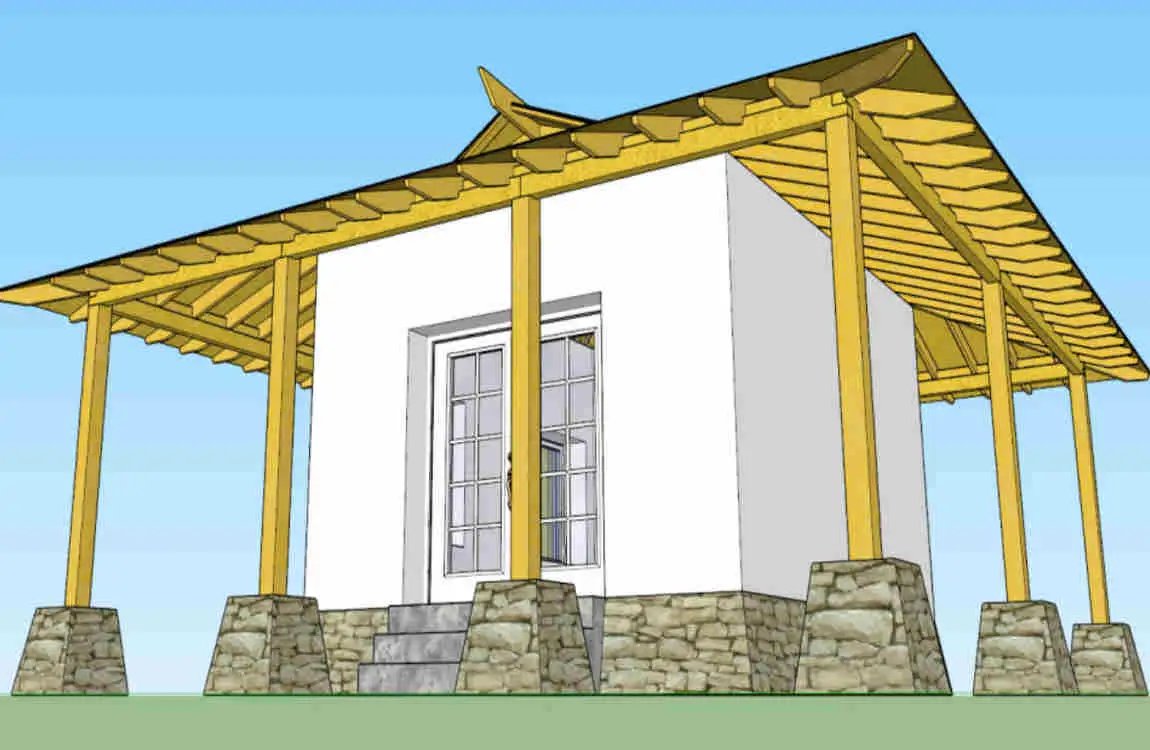
Start by marking your house’s footprint with stakes and string. Double-check measurements to ensure everything’s square. Then, dig your trench or prepare the base area, aiming for a depth of at least 12 to 18 inches, depending on your climate (deeper in frost-prone regions). Maintain the base level; a wonky foundation results in wonky walls.
Waterproofing to Protect Your Walls
Moisture is cob’s nemesis, so waterproofing is key. Add a layer of bitumen or a plastic membrane between the foundation and cob walls to block rising damp. You can also slope the ground away from the house to divert rainwater. Some builders elevate the cob walls a foot or two above ground floor on a stone plinth for extra protection.
Adapting to Different Terrains and Climates
Got a hilly site or live in a rainy area? No problem. For sloped land, step your foundation to follow the contour, creating terraces if needed. In wet climates, prioritize drainage with gravel trenches or gutters to prevent water accumulation. A little planning now saves major repairs later. With your foundation set, let’s get to the fun part—building house those walls.
Mixing and Applying the Cob
Crafting the Perfect Cob Mix Consistency
Now that your foundation is ready, let’s mix up some cob! You want a mix that’s sticky and pliable, like thick cookie dough. Start with your clay-sand blend, add water bit by bit, and toss in straw for reinforcement. Test it by rolling a ball—if it holds shape without crumbling or oozing, you’re golden.
Applying Cob in Layers: Step by Step
Building cob walls is like sculpting with mud—super satisfying! Grab a handful or use a shovel to scoop the mix onto your foundation. Apply it in house layers, approximately 6-12 inches thick, and press it down firmly to bond with the layer below. Some folks throw the cob on for speed, while others shape it carefully by hand. Do what feels right for you.
Shaping Walls with Windows, Doors, and Niches
As you build, think about openings. Leave spaces for windows and doors by placing temporary wooden frames (called bucks) where they’ll go. Want cool built-in shelves or curved corners? Cob lets you sculpt those right into the walls. Just keep the openings narrow at first—you can widen them later once the wall has set.
Ensuring Structural Stability
Stability is crucial as large walls are being built. Keep them slightly tapered—wider at the base, narrower at the top—for balance. Don’t build more than 1-2 feet high per day; let each layer dry slightly to prevent slumping. If you’re in a hurry, a team of helpers can expedite the process while maintaining stability.
Building Up to the Desired Height
How tall should your walls be? Most cob homes have walls 6-8 feet high before the roof starts, but it’s up to you. Build gradually over days or weeks, checking for cracks as you go. If you spot any, dampen the area and patch with fresh cob. Patience is your friend here.
Curing and Drying Time for Cob Walls
Once your walls are up, they need time to cure. Drying can take 2-6 weeks, depending on weather—longer in humid areas. Protect the walls from rain with tarps, but ensure air circulation to prevent mold growth. Touch the surface; if it feels hard and doesn’t dent, it’s ready for the next steps. Speaking of which, let’s talk roofing!
Installing Roof and Structural Elements
Picking the Right Roofing Material
Your cob walls are up—awesome! Now, let’s cap them with a roof. Choose something eco-friendly that matches the cob’s vibe, such as thatch, metal sheets, or clay tiles. Thatch looks rustic and insulates well, while metal is durable and low-maintenance. Avoid using heavy materials unless you have extra wall support.
Building and Securing the Roof Frame
Start with a sturdy roof frame. Use timber or reclaimed wood to create beams or trusses, anchoring them into the cob walls with embedded stones or wooden house for stability. Ensure the frame is level and sturdy—it must withstand weather and weight. If you’re not a carpentry pro, ask a friend for help.
Why Large Roof Overhangs Are a Must
Here’s a pro tip: design your roof with big overhangs—at least 2-3 feet beyond the walls. This shields your cob from rain, which can erode it over time. In rainy climates, go even wider. It’s a small detail that makes a huge difference in your home’s longevity.
Adding Doors and Windows to Cob Walls
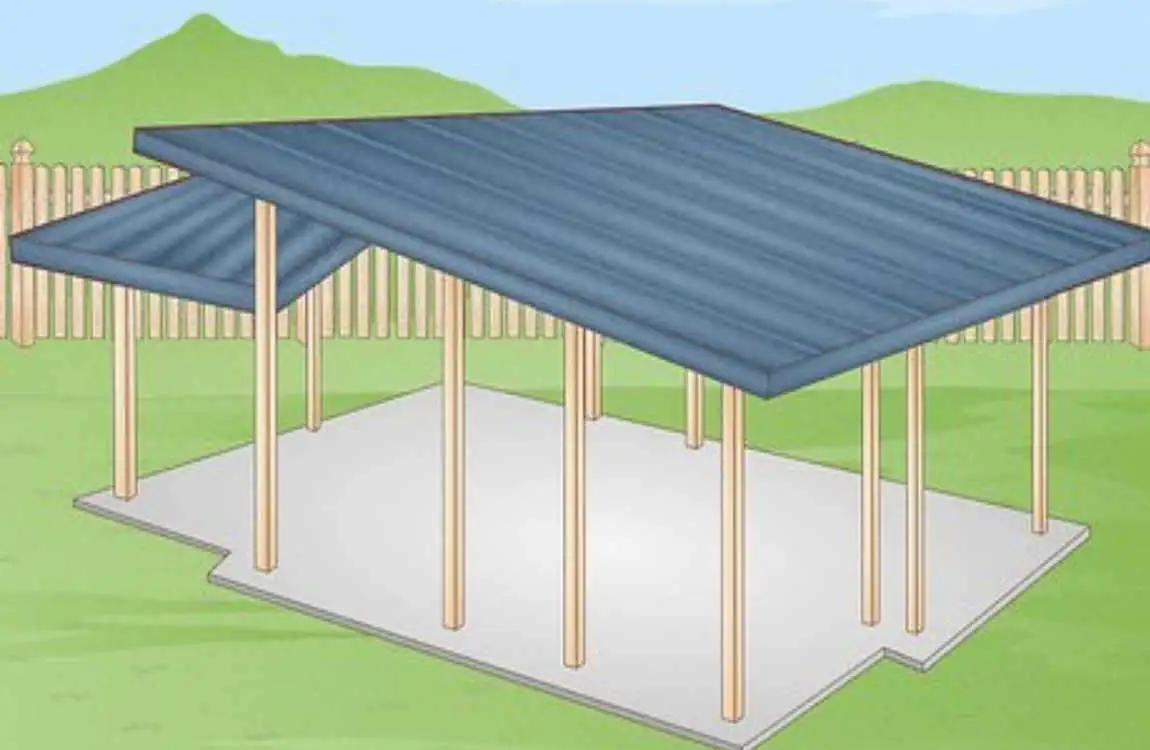
Time for openings! Install wooden or metal frames for doors and windows, securing them with cob or mortar around the edges. Please make sure they’re plumb (perfectly vertical) to avoid gaps. You can add decorative touches like arched window tops—cob makes it easy to get creative.
Structural Reinforcements if Needed
If your home design includes wide spans or heavy roofs, consider reinforcements. Embed wooden beams or lintels over openings for extra strength. Some builders add vertical posts inside walls for support. Assess your structure as you go—if it feels wobbly, don’t hesitate to strengthen it. Next, let’s make it look pretty!

